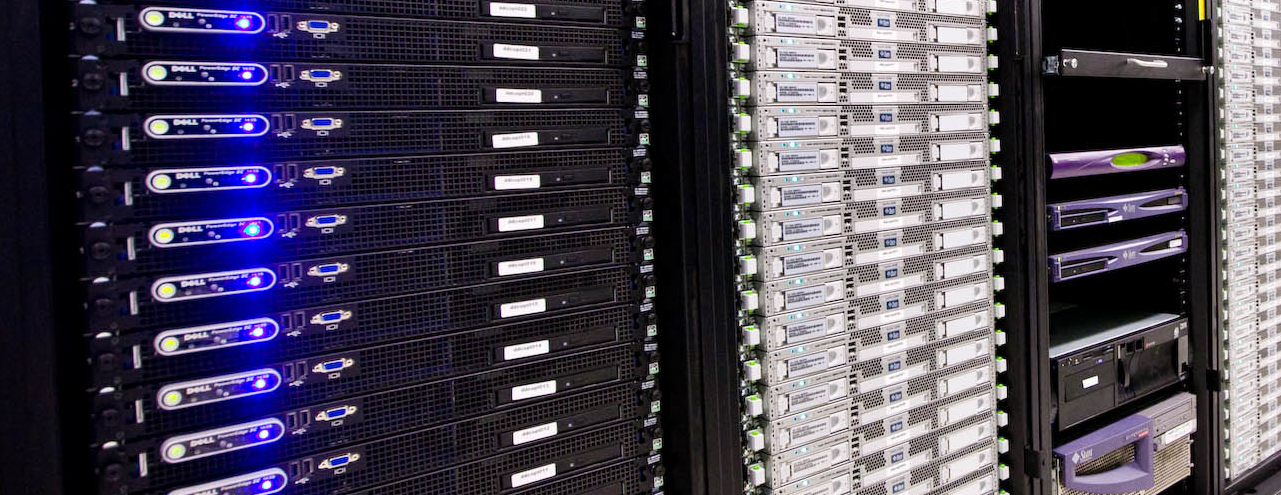Back up the entire block device into S3

For this, we will use Rclone.
The device you want to back up should not have any writes for the duration of the backup, otherwise, you can end up with a broken file system or corrupt files.
The easiest to ensure this is to boot into live Linux and perform a backup on the devices you want.
In my case, I will be using Ceph as my backing store, so my rclone configuration reflects this.
Rclone documentation: https://rclone.org/s3/
My configuration file: ~/.config/rclone/rclone.conf
[mystorage]
type = s3
provider = Ceph
access_key_id = xxxxxxxxxxxxxxxxxxxxxx
secret_access_key = xxxxxxxxxxxxxxxxxxxx
endpoint = https://my.s3.host.com/
chunk_size = 1GPerform the block device backup:
sudo dd if=/dev/nvme0n1 status=progress | \
rclone rcat mystorage:/backup/2023-04-02/nvme0n1-windows.img
If you have a decently fast network, it will take some time, but not forever.
> rclone ls mystorage:/backup
2048408248320 2023-04-02/nvme0n1-windows.img